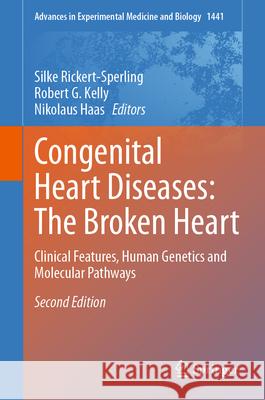Congenital Heart Diseases: The Broken Heart: Clinical Features, Human Genetics and Molecular Pathways » książka
topmenu
Congenital Heart Diseases: The Broken Heart: Clinical Features, Human Genetics and Molecular Pathways
ISBN-13: 9783031440861 / Angielski
Congenital Heart Diseases: The Broken Heart: Clinical Features, Human Genetics and Molecular Pathways
ISBN-13: 9783031440861 / Angielski
cena 1129,80
(netto: 1076,00 VAT: 5%)
Najniższa cena z 30 dni: 1079,53
(netto: 1076,00 VAT: 5%)
Najniższa cena z 30 dni: 1079,53
Termin realizacji zamówienia:
ok. 22 dni roboczych
Bez gwarancji dostawy przed świętami
ok. 22 dni roboczych
Bez gwarancji dostawy przed świętami
Darmowa dostawa!
Kategorie BISAC:
Wydawca:
Springer
Seria wydawnicza:
Język:
Angielski
ISBN-13:
9783031440861











